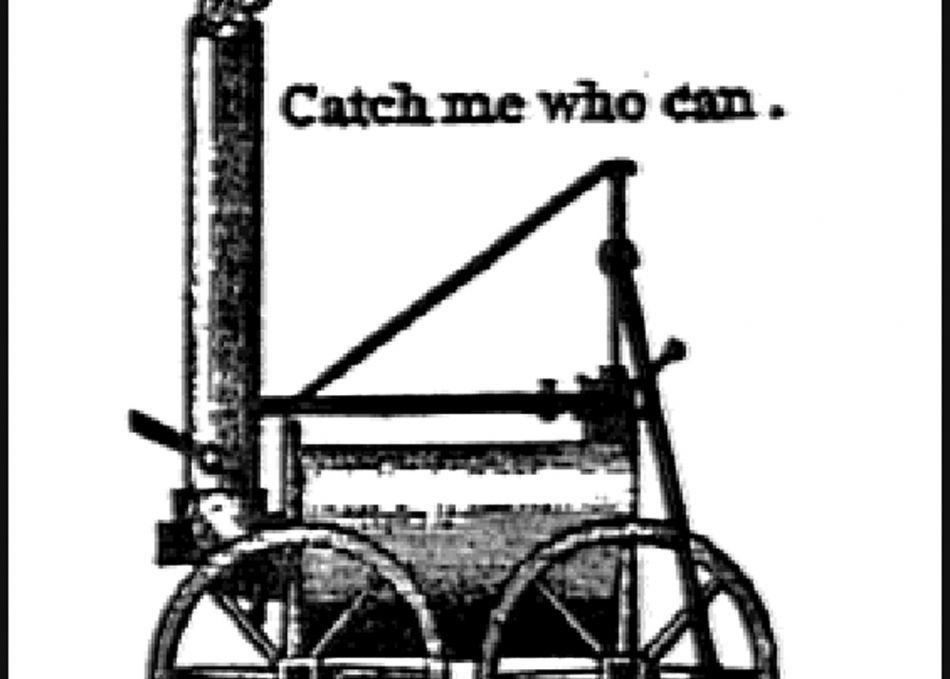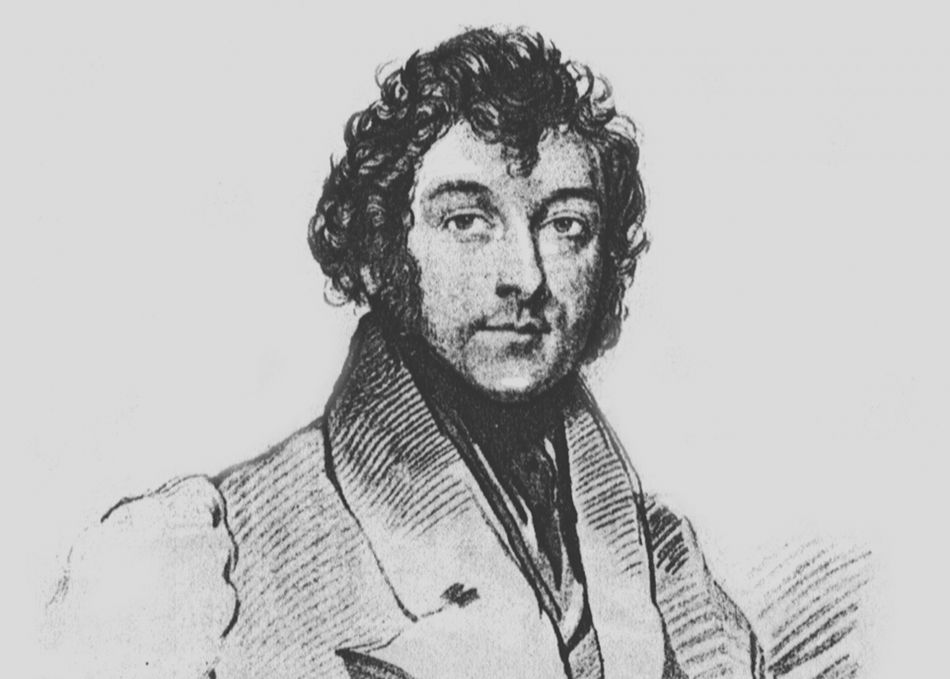From the mines to the road
By 1800, Richard Trevithick had built a high-pressure steam engine that was smaller and more powerful than earlier models. At this time, steam engines were used in mines to pump water and lift ore (rock containing metal). Because of its size and power, Richard believed he could use his new steam engine to move a road locomotive (vehicle).
Going up Camborne Hill, coming down
Richard built his road locomotive at Stephen Williams’ foundry in Weeth, Camborne. By Christmas Eve 1801, it was ready to be tested. Trevithick, his cousin Andrew Vivian, and four other people all travelled on the locomotive as it went up a hill towards the village of Beacon. The steam produced by the locomotive’s boiler was blasted through the exhaust pipe. This created puffs of steam, so the locomotive was given the name ‘Puffin’ Devil’.
Can you imagine what this must have looked like to people at the time? No one had ever seen anyone travelling on a self-propelled ‘machine’ before. They must have been scared and amazed!

Image courtesy of Compair Holman
Your goose is cooked
The following day, Richard took the Puffin’ Devil to Crane near Camborne, so that Andrew Vivian could show it to his family. On 28th December, the Puffin’ Devil was damaged on the road to Tehidy and broke down. Trevithick and the other passengers left the locomotive and went to a nearby pub for drinks and a lunch of roast goose. Unfortunately, Richard had left the fire burning in the Puffin’ Devil. The water boiled away and eventually the locomotive caught fire and was destroyed.

From road to rail
Richard wasn’t upset about this. With the help of Andrew Vivian and Sir Humphry Davy, he protected his design for the Puffin’ Devil by taking out a patent. This meant that only he could build another steam locomotive like the Puffin’ Devil. Richard later built a different road locomotive called ‘The London Steam Carriage’, and, of course, built the world’s first successful railway locomotive.
Did you know?
In 2002, to celebrate the 200th anniversary of the Puffin’ Devil’s first journey, a replica of the locomotive was made. It was built by the Trevithick Society which is a charity that helps people to understand Cornwall’s industrial history.
You can see the replica Puffin’ Devil in these videos and at Trevithick Day, which takes place in Camborne every April.

Used with the kind permission of the Trevithick Society















